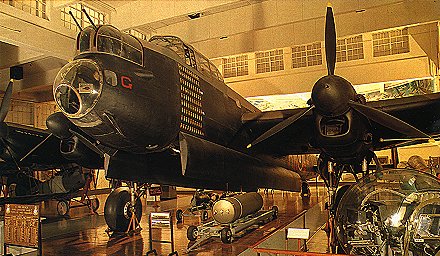|
|
|||||||||||||||||||||||||||||||||||
|
Radschool Association Magazine - Vol 39 Page 9 |
|||||||||||||||||||||||||||||||||||
|
Privacy Policy | Editorial Policy | Profit Policy | Join the Association | List of Members | Contact us | Index | Links |
|||||||||||||||||||||||||||||||||||
|
Allan George's Gems
|
|||||||||||||||||||||||||||||||||||
|
Back Go to page: 1 2 3 4 5 6 7 8 9 10 11 12 13 14 15 16 17 18 19 20 Forward |
|||||||||||||||||||||||||||||||||||
|
|
|||||||||||||||||||||||||||||||||||
|
Morse, she ain’t dead yet mate!!
Google has brought out some very convincing April Fool jokes, but this one is a ripper.
Google cooked up an idea it called Gmail Tap, reinventing the QWERTY
keyboard as we
The new text input system, according to Google and announced in a blog post on April 1, uses finger taps rather than keys to enter text. The idea was to do away with the QWERTY keyboard and just have 2 buttons, one representing a dot, the other a dash. Then when texting, instead of searching the keyboard for (say) the letter T, you just enter a dash. How simple's that??
And what's more, you can do it in the dark or when you don't have your glasses, no more having to squint to see those tiny letters and numbers and if you are really good at Morse you could send a text with the phone still in your pocket - now that's a great idea!!
They say “Think about the size of a normal smart phone, it’s only two inches, two and a half inches — and we’re trying to cram an entire 26 key keyboard in that space – why??.”
All this was supposed to have been thought up by Reed Morse, a Google software engineer and a relative of Samuel Morse. He was supposed to have designed Gmail Tap by re-imagining Morse Code for a touch device. Their blog is HERE
They say “Gmail Tap is a binary language that only uses two characters -- dots and dashes, making it easy to learn:” Morse has been called a lot of thing by a lot of people over the years, but - Binery????
|
|||||||||||||||||||||||||||||||||||
|
A • − B − • • • C − • − • D − • • E • F • • − • G − − • H • • • • I • • |
J • − − − K − • − L • − • • M − − N − • O − − − P • − − • Q − − • − R • − • |
S • • • T − U • • − V • • • − W • − − X − • • − Y − • − − Z − − • • |
0 − − − − − 1 • − − − − 2 • • − − − 3 • • • − − 4 • • • • − 5 • • • • • 6 − • • • • 7 − − • • • 8 − − − • • 9 − − − − • |
||||||||||||||||||||||||||||||||
|
They made some convincing video too and you can see one of them here – you will notice the bloke in the video is trying very, very hard not to burst out laughing – see HERE.
(I know some old DCA Comm Officers who would love one....tb)
Ikea got into the act too, see HERE.
|
|||||||||||||||||||||||||||||||||||
|
F111’s final resting place.
Back
in November 2011, 23 of the RAAF’s old F111’s were un-ceremoniously
dumped in a large hole in the Ipswich area and covered with dirt. The 23
were a mixture of both the
There are still 7 aircraft (airframes) left at Amberley which can and will be ‘loaned’ to various organisations for display purposes. There is currently one at the Point Cook Museum, several are earmarked for the Amberley Museum and you can bet others will pop up around the country.
There was a bit of an out-cry when it became known that the 23 were to be buried, some pollies huffed and puffed, but when the aircraft were bought back in 1972, the US Government had placed tight restrictions on how they were to be dismantled or preserved when their days were up – so the RAAF really had no option but to dump them.
Necessary?? - possibly, but still a helluva shame!!! You can see video of the dumping HERE.
|
|||||||||||||||||||||||||||||||||||
|
|
|||||||||||||||||||||||||||||||||||
|
|
|||||||||||||||||||||||||||||||||||
|
The remaining 7 aircraft will continue to be the property of the RAAF and will be on “loan” to successful bidders. The loans will be subject to a number of conditions to ensure the safe preservation of the aircraft.
A service for all persons who were involved with the F-111s, including the families of airmen lost in crashes, was held at the memorial garden near the front gate at Amberley on Friday, 2nd December 2011 to commemorate the passing of the F111 era.
|
|||||||||||||||||||||||||||||||||||
|
Q: How does a young bloke show that
he is planning for the future? |
|||||||||||||||||||||||||||||||||||
|
|
|||||||||||||||||||||||||||||||||||
|
111 Giga Pixel Picture.
This amazing 360 degree picture consists of 1,665 individual photos,
each taken with a Canon 5D mark II, 21.4 mega pixel digital camera
fitted with a 400 mm lens. The photos
The town is Seville in Spain.
It’s not the biggest photo ever taken but it is still very impressive. Click HERE to see it, you can zoom in, scan left or right, up or down, it is very impressive.
World’s oldest car sells for US$4.62M
The world’s oldest, still running car is a 1884 De Dion Bouton et
Trepardoux Dos-a-Dos Steam Runabout. The Dos-a-Dos (Back-to-Back) Steam
Runabout was built by George Bouton and Charles-Armand Trepardoux for
French entrepreneur Count de Dion, who
The very first self-powered road vehicles were powered by steam engines and by that definition Nicolas Joseph Cugnot of France built the first automobile in 1769. This claim is recognized by the British Royal Automobile Club and the Automobile Club de France. In 1885, Gottlieb Daimler invented what is often recognized as the prototype of the modern petrol engine, with a vertical cylinder and with petrol injected through a carburetor (patented in 1887). Daimler first built a two-wheeled vehicle the "Reitwagen" (Riding Carriage) with this engine and a year later built the world's first four-wheeled motor vehicle. |
|||||||||||||||||||||||||||||||||||
|
In October, 2011, at the RM Auctions in Hershey,
Pennsylvania, the steam-powered 1884 De Dion attracted a winning bid of
$4.2 million, more than twice what it was expected to f
Prior to being sold, the vehicle drew a standing ovation as it was
driven up onto the stage to prove that the 127-year-old car really did
run!
The four-seater car predates by two years the official birth of the
automobile in 1886, when Karl Benz was granted the first patents for his
purpose-built petrol-powered car.
Although steam-powered cars date back to 1769 and several cars older
than the De Dion still exist, none are functional. However, one that was
built in the U.K. in 1875 by Robert Neville Grenville and is currently
housed at the National Motor Museum of Britain makes a rival claim to
the title of “oldest running motor car.” The auction listing for “Le
Marquise”
However, unlike “La Marquise,” which runs on four spoked wheels with
rubber tires and has a self-fired steam-engine, Grenville’s vehicle
requires a ride-along fireman to tend to the boiler and has three solid
wooden wheels with metal tires, so its looks less like a modern
automobile.
“Le Marquise” is said to have a top speed of 37 mph, more than triple
what Benz’ car could achieve. Its new owner is just the fifth in its
long history. In 1887, with De Dion at the tiller, it
La Marquise has only had four owners, remaining in one family for 81
years, and has been restored twice, once by the Doriol family and again
by British collector Tom Moore in the early 1990's. Since then, it has
taken part in four London-to-Brighton runs and collected a double gold
at the 1997 Pebble Beach d'Elegance in California.
It is not known yet if it will join a private collection or be put on
public display. |
|||||||||||||||||||||||||||||||||||
|
Never interrupt your enemy when he’s making a mistake. |
|||||||||||||||||||||||||||||||||||
|
2012 Federal Budget.
The recent 2012 Federal Budget has cut 5.5 billion dollars from the Defence Budget. This will leave the DOD looking for areas where they can save a few bob here and a few bob there. We got a look at some of their proposals which happened to fall off a truck.
You can see them HERE |
|||||||||||||||||||||||||||||||||||
|
|
|||||||||||||||||||||||||||||||||||
|
A bloke who runs a 800 hectares farm in the US, Oshkosh and who used to fly F-4Es and F-16s tells his story.
“I went out to plant corn for a bit to finish a field before tomorrow morning and witnessed The Great Battle. A golden eagle - big, with about a six foot wingspan - flew right in front of the tractor. It was being chased by three crows that were continually dive bombing it and pecking at it. The crows do this because the eagles rob their nests when they find them.
At any rate, the eagle banked hard right in one evasive manoeuvre, then landed in the field about 100 feet from the tractor. This eagle stood about 3 feet tall. The crows all landed too, and took up positions around the eagle at 120 degrees apart, but kept their distance at about 20 feet from the big bird. The eagle would take a couple steps towards one of the crows and they'd hop backwards and forward to keep their distance. Then the reinforcement showed up.
I happened to spot the eagle's mate hurtling down out of the sky at what appeared to be approximately Mach 1.5. Just before impact the eagle on the ground took flight, (obviously a coordinated tactic; probably pre-briefed) and the three crows which were watching the grounded eagle, also took flight thinking they were going to get in some more pecking on the big bird. The first crow being targeted by the diving eagle never stood a snowball's chance in hell. There was a mid-air explosion of black feathers and that crow was done. The diving eagle then banked hard left in what had to be a 9G climbing turn, using the energy it had accumulated in the dive, and hit crow #2 less than two seconds later. Another crow dead.
The grounded eagle, which was now airborne and had an altitude advantage on the remaining crow, which was streaking eastward in full burner, made a short dive then banked hard right when the escaping crow tried to evade the hit. It didn't work - crow #3 bit the dust at about 20 feet AGL.
This aerial battle was better than any air show I've been to, including the war birds show at Oshkosh. The two eagles ripped the crows apart and ate them on the ground, and as I got closer and closer working my way across the field, I passed within 20 feet of one of them as it ate its catch. It stopped and looked at me as I went by and you could see in the look of that bird that it knew who's Boss Of The Sky. What a beautiful bird!
I loved it. Not only did they kill their enemy, they ate them”.
|
|||||||||||||||||||||||||||||||||||
|
The B24 – Liberator.
The Consolidated B-24 Liberator was an American heavy bomber, designed
by Consolidated Aircraft of San Diego, California. Earlier it was known
within the company as the Model 32 and a small number of early models
were sold under the name LB-30, the LB standing for Land Bomber. The
B-24 was used in World War II by several Allied Air Forces and Navies
and by every branch of the American armed forces. It attained a
distinguished
First flown in December 1939, it entered service in 1941 and when production had finished in 1945, 18,482 had been built of which 287 were flown by the RAAF.
The B-24 never gained the popular appeal of its USAAF partner, the Boeing B-17, even though it was newer, more efficient, built in far greater numbers and, unlike the B-17, served on every front in World War II.
More effort, more aluminium and more aircrew went into the Liberator than into any other aircraft ever built. The Liberator gave the Allies capabilities they would not otherwise have possessed. Early in the war the first Liberators, in RAF markings, were the first aircraft in history to make North Atlantic crossings a matter of everyday routine. In 1942 a more developed version at last closed the gap in the western North Atlantic where U-boats had been able to operate beyond the range of other RAF aircraft. On countless occasions Liberator formations made attacks on targets that could be reached by no other Allied bomber until the advent of the B-29. Although primarily a heavy bomber, the Liberator was also a very effective fighter in that it shot down something like 2,600 enemy aircraft. It was also the leading Allied oceanic patrol and anti-submarine aircraft and the leading Allied long-range cargo transport. (Click the pic below for a bigger view)
In 1943, the B-24H model was introduced. This was possibly the best of all B-24 aircraft built, it was 10 in (25 cm) longer due to a powered gun turret in the upper nose to reduce vulnerability to head-on attack and was fitted with an improved bomb sight, autopilot, and fuel transfer system.
Below are comparisons of the main three Allied heavy bombers used during WW2 - the B-24 Liberator. the B-17 Flying Fortress, of which there were 12,731 built and the UK built Lancaster, of which there were 7,377 built.
|
|||||||||||||||||||||||||||||||||||
|
|
|||||||||||||||||||||||||||||||||||
|
|||||||||||||||||||||||||||||||||||
|
|
|||||||||||||||||||||||||||||||||||
|
The major differences between the Liberator and the Fortress where the engines and the undercarriage. Whereas the B-17 used 4 x 9-cylinder Wright R-1820 Cyclone engines, the Liberator used 4 x twin-row, 14-cylinder Pratt & Whitney R-1830 "Twin Wasp" radials, as used in the DC3. The Liberator was also the first American bomber to use tricycle landing gear.
As the US was now fully engaged in the war, Consolidated Aircraft was required to ramp up their production schedule and in 1942 production of B-24s increased at an astonishing rate. It had a plant in San Diego which it tripled in size and built a new plant near Fort Worth in Texas. Douglas Aircraft and North American Aviation were also contracted to build the Liberator, but of the 18,482 built during the war, the Ford Motor Company built at least 8,600 of them.
|
|||||||||||||||||||||||||||||||||||
|
|
|||||||||||||||||||||||||||||||||||
|
|
|||||||||||||||||||||||||||||||||||
|
As big and as modern as the other plants were, they were dwarfed by the vast new purpose-built factory constructed by the Ford Motor Company at Willow Run near Detroit, Michigan. Ford broke ground on Willow Run in the spring of 1941, with the first plane coming off the line in October 1942. It had the largest assembly line in the world (3,500,000 ft²/330,000 m²). At its peak in 1944, the Willow Run plant produced 650 B-24s per month – just think about that number, that’s over 20 large aircraft each day.
War is certainly a consumer of huge quantities of materials and unfortunately, people!!
During the war, vehicle manufacturing was suspended so that GM, Ford, etc., could concentrate on the manufacture of military vehicles and aircraft. The government and Boeing told Henry Ford that he could not build an aeroplane like a car on an assembly line – did he prove them wrong!!. By 1945, Ford was making 70% of all B-24s in two nine-hour shifts. Pilots and crews slept in a dormitory with 1,300 beds at Willow Run waiting for their B-24s to roll off the assembly line.
You can see video of the aircraft being built and test flown HERE.
After war production ended, the plant was taken over by Henry J. Kaiser who produced Kaiser cars. Later in 1953, after a disastrous fire destroyed General Motors’ Detroit Transmission factory in Livonia, Michigan, they took over the factory and it was used to build GM’s horrible Hydramatic gearbox – which was used in Holden’s EK, EJ and EH cars.
The airfield, which was built by Henry Ford all those years ago continues to operate as the Willow Run Airport however, it is used primarily for cargo and general aviation flights.
|
|||||||||||||||||||||||||||||||||||
|
Confucius say man who sink into woman’s arms, soon have arms in woman’s sink. |
|||||||||||||||||||||||||||||||||||
|
|
|||||||||||||||||||||||||||||||||||
|
The Lancaster.
The RAF Bomber Command Association is building a memorial in London’s Green Park (near Buckingham Palace) to honour the 55,573 men (forty four per cent of the 125,000 men) of Bomber Command who lost their lives in World War II. It is due for completion and dedication on the 28th June. London’s Olympic Games start on the 27th July 2012.
Unfortunately, the British Government is not behind or backing the Memorial and the Association was forced to rely on the generosity of the general public and from three major benefactors for their funding. A fund has been set up and the RAF Benevolent Fund has agreed to manage it and eventually to take guardianship of the Memorial which they consider to be part of the RAF’s heritage. But guess who will be clambering all over it to participate in its opening.
|
|||||||||||||||||||||||||||||||||||
|
|
|||||||||||||||||||||||||||||||||||
|
|
|||||||||||||||||||||||||||||||||||
|
Late into the project, the British Government announced that it would assist the Fund’s cash-flow situation by refunding £1 million of VAT which has been paid.
Part of the memorial will be constructed from sections of melted down
aluminium from a Halifax bomber shot down over Belgium in May 1944
killing eight people. The memorial
Fortunately, London’s Daily Telegraph has supported the campaign from the beginning and their help has been invaluable in raising funds, as has The Daily Express which ran a campaign asking readers to help. But the support from the general public has been the most astounding, with cheques and donations arriving at the Bomber Command Association, many from pensioners or people on low incomes.
Back in March 2012, at the Lincolnshire Aviation Heritage Centre, which was the former Lancaster bomber base at RAF East Kirkby, fans and admirers of the war-time planes gathered together, many in heritage clothing of the day, to see, hear and smell the famous bomber and to have their photo taken in and around the aircraft which helped destroy the Nazi war machine. The aircraft named 'Just Jane' was built at Longbridge near Birmingham, in April 1945, by Austin Motors. Given the serial number NX611, she was due to join the RAF's Tiger Force in the Far East - but after Japan's early surrender, the plane was put in storage.
You can see more HERE
|
|||||||||||||||||||||||||||||||||||
|
Aussie Members of Bomber Command.
The UK Government might not be generous with their WW2 Bomber Command Veterans, but the Australian Government is.
Tuesday, 1 May 2012
The Minister for Veterans’ Affairs, Warren Snowdon, today encouraged Australian Bomber Command veterans to register with the Royal Australian Air Force (RAAF) Association for a $3,000 grant to attend the Bomber Command Memorial dedication in London on 28 June 2012.
“The
Department of Veterans’ Affairs has been working with the Royal
Australian Air Force Association to ensure funding is provided for
veterans to make the trip to London and commemorate the Bomber Command
Memorial dedication alongside veterans of other nations,” Mr Snowdon
said.
“The Australian Government is also sending a commemorative mission of up to eight Australian Bomber Command veterans.”
Veterans nominated for the official commemorative mission have self-nominated or been proposed by ex-service organisations and will undergo comprehensive medical checks to assess their suitability for travel and participation in commemorative activities.
“Given the age (late 80s/early 90s) of the veterans and the distance of travel, these trips require significant logistical resources and support. Our priority is to make sure we provide a high level of care for veterans and as part of that, we send a doctor and a nurse with the mission along with support staff to provide around the clock assistance,” Mr Snowdon said. “The Australian Government is committed to supporting veterans in attending commemorative services around the world. In the past 12 months, this has included leading missions to Greece and Crete, Republic of Korea and most recently Malaysia and Singapore.
“The Government has adopted a widely accepted and consistent approach for the commemoration of significant anniversaries and events.” Mr Snowdon said, in relation to media reports about the New Zealand delegation, the Government of New Zealand has yet to announce the number of veterans which it will send to the dedication.
For those veterans travelling separately, the Department of Veterans’ Affairs will work with the Australian High Commission in the United Kingdom to provide as much assistance as possible. Enquiries:
Minister Snowdon: Lidija Ivanovski 0407 108 935 or Marcus Butler 02 6277 7820 / 0417 917 796
|
|||||||||||||||||||||||||||||||||||
|
|
|||||||||||||||||||||||||||||||||||
|
Three Aussie blokes working up on an
outback mobile phone tower: Mongrel, Coot and Bluey. As they start their
descent, Coot slips, falls off the tower and is killed instantly. As the
ambulance takes the body away, Bluey says, 'Well, bugger me, someone's
gotta go and tell Coot's wife. Mongrel says, 'OK, I'm pretty good at
that sensitive stuff, I'll do it.' Two hours later, he comes back
carrying a case of Beer. Bluey says, 'Where'd you get the grog,
Mongrel?' 'Coot's wife gave it to me,' Mongrel replies. 'That's
unbelievable, you told the Missus her husband was dead and she gave you
a case of beer?' 'Well, not exactly', Mongrel says. 'When she answered
the door, I said to her, "you must be Coot's widow." She said, 'You must
be mistaken. I'm not a widow.' Then I said, 'I'll betcha a case of beer
you are.' |
|||||||||||||||||||||||||||||||||||
|
|
|||||||||||||||||||||||||||||||||||
|
WOZZAT??
A woman is driving at night on a narrow country road. At the same time, a man is driving in the opposite direction on that same road. When they narrowly pass each other at high speed, the woman rolls down her window and loudly shouts Donkey! Immediately the man shouts back BITCH! The man laughs. He is proud to have reacted so quickly to the shouting woman and takes the next curve in the road, maintaining his speed. WUMP.
Numbers.
Do you know why numbers look like they do? Someone, at some point in time, had to create their shapes and meaning. Watch this short presentation and then you will know how our Arabic numbers were originally created a very long time ago and what logic the people that created them used to determine their shapes. It is really very simple and quite creative.
You have to admire the intelligence of a person or people that created something so simple and perfect that it has lasted thousands and thousands of years and will probably never change.
When the presentation gets to the number "seven" you will notice that the 7 has a line through the middle of it. That was the way the Arabic 7 was originally written, and in Europe and certain other areas they still write the 7 that way. Also, in the military, they commonly write it that way. The nine has a kind of curly tail on it that has been reduced, for the most part nowadays, to a simple curve, but the logic involved still applies.
Very interesting!!! See HERE!
Publicity!!
An advert for the launch of TV channel TNT in Belgium has become a viral hit. The 90-second promotional advert to mark the US channel's launch in Europe features a hidden camera stunt where members of the public are encouraged to press a button to see what happens. A sign beside the button says 'Push to add drama' and that's exactly what happens as a number of stunts leave passers-by stunned in the Flemish town.
You can watch the advert HERE.
Weird ones.
Some people just have too much time on their hands, have a look at these two.
1. Click HERE, when the bloke stops running, place your mouse cursor about 1 inch above his head ??
And
2. Click HERE, when the bloke appears, move your mouse cursor over his nose???
A bit late, but - Happy Easter all!!
|
|||||||||||||||||||||||||||||||||||
|
|
|||||||||||||||||||||||||||||||||||
|
|
|||||||||||||||||||||||||||||||||||
|
|
|||||||||||||||||||||||||||||||||||
|
|
|||||||||||||||||||||||||||||||||||
|
|
|||||||||||||||||||||||||||||||||||
|
|
|||||||||||||||||||||||||||||||||||
|
Velly Intelesting – but stupid!!!! |
|||||||||||||||||||||||||||||||||||
|
|
|||||||||||||||||||||||||||||||||||
|
Back Go to page: 1 2 3 4 5 6 7 8 9 10 11 12 13 14 15 16 17 18 19 20 Forward |
|||||||||||||||||||||||||||||||||||
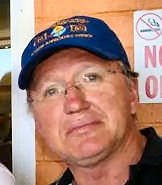
 know it. Trouble is, it is not such a bad idea.
know it. Trouble is, it is not such a bad idea.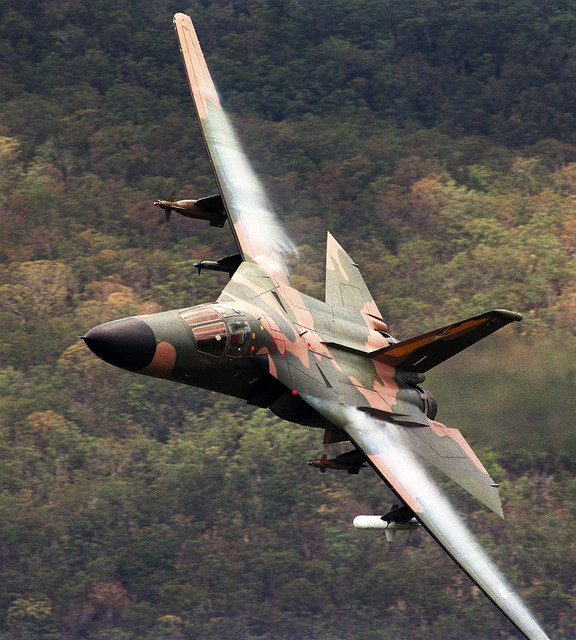 C
model and the G model. Everything of value was removed from the aircraft
before the basic frame was transported to the old coal mining area of
Swanbank and turned into land fill.
C
model and the G model. Everything of value was removed from the aircraft
before the basic frame was transported to the old coal mining area of
Swanbank and turned into land fill.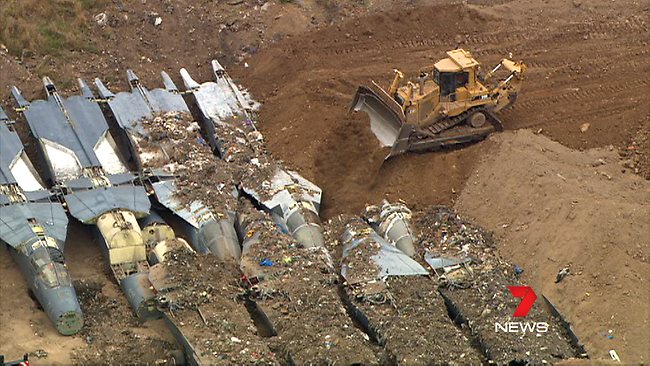
 were taken back in September 2010 by a photo robot and took just under 3
hours to shoot. The data was then fed into a large computer, with 48 GB
of ram which took nearly 4 days to crunch all the numbers and produce
the finished picture.
were taken back in September 2010 by a photo robot and took just under 3
hours to shoot. The data was then fed into a large computer, with 48 GB
of ram which took nearly 4 days to crunch all the numbers and produce
the finished picture.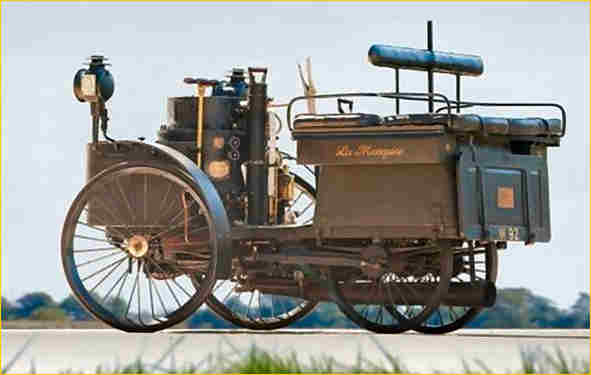 named it 'La Marquise' after his mother. It was built one year before
Gottlieb Daimler invented the internal combustion engine.
named it 'La Marquise' after his mother. It was built one year before
Gottlieb Daimler invented the internal combustion engine.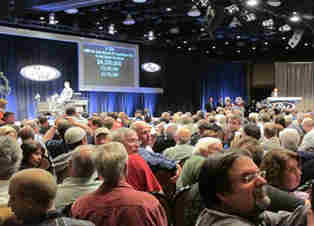 etch. A 10
percent fee was added to the price, adding $420,000 to the grand total.
That’s a hefty sum for any car.
etch. A 10
percent fee was added to the price, adding $420,000 to the grand total.
That’s a hefty sum for any car.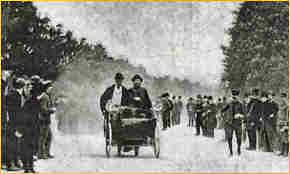 won the world's
first ever motor race (it was the only entrant to make the start line!)
covering the 32km from the Pont de Neuilly in Paris to Versailles and
back in one hour and 14 minutes (an average of 25.9 km/h) and, according
to contemporary reports, hitting a breathtaking 60 km/h on the
straights!
won the world's
first ever motor race (it was the only entrant to make the start line!)
covering the 32km from the Pont de Neuilly in Paris to Versailles and
back in one hour and 14 minutes (an average of 25.9 km/h) and, according
to contemporary reports, hitting a breathtaking 60 km/h on the
straights!
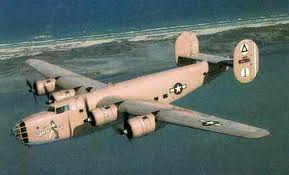 war record with its operations in the Western European, Pacific,
Mediterranean, and the China-Burma-India Theatres.
war record with its operations in the Western European, Pacific,
Mediterranean, and the China-Burma-India Theatres.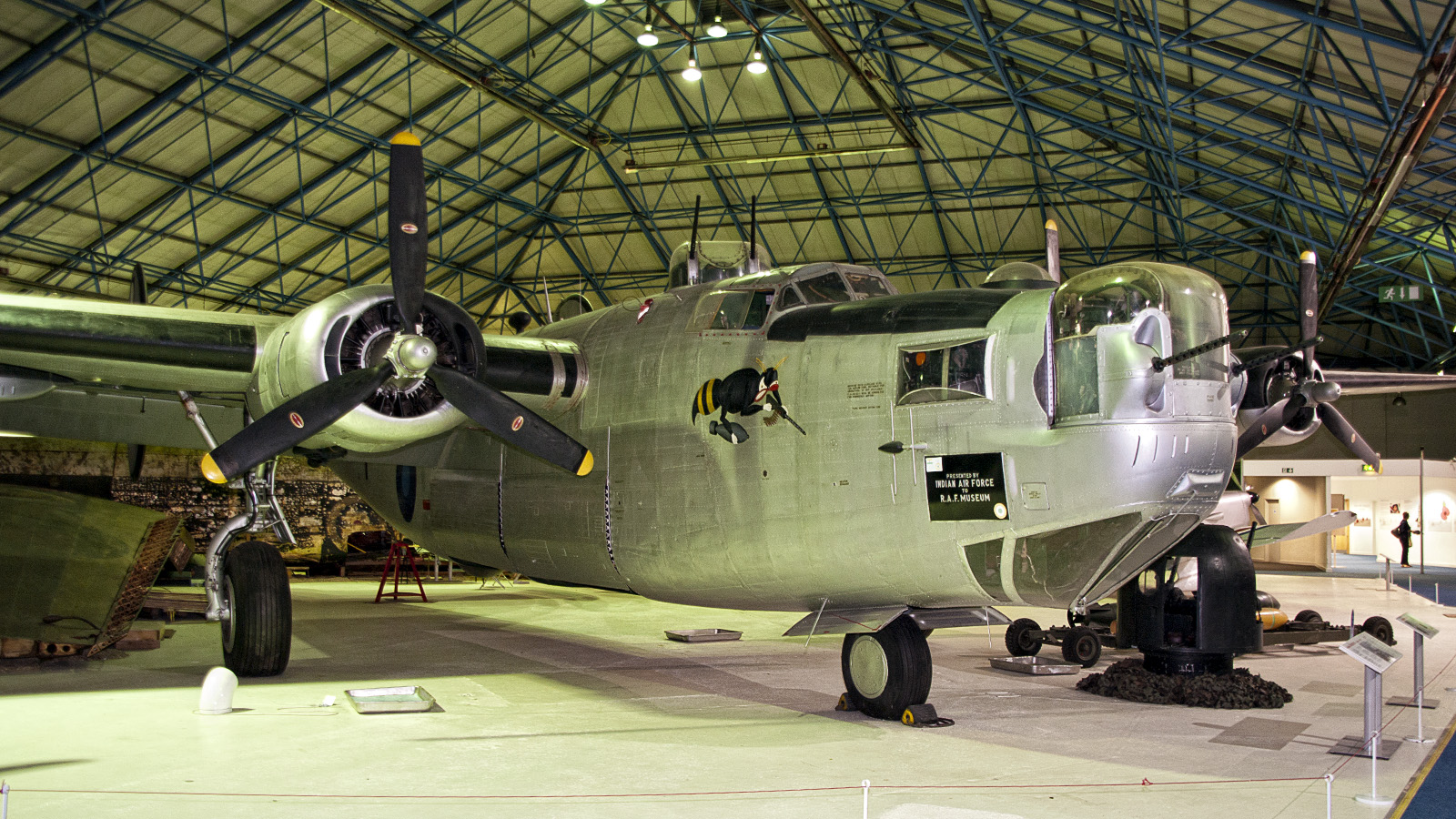
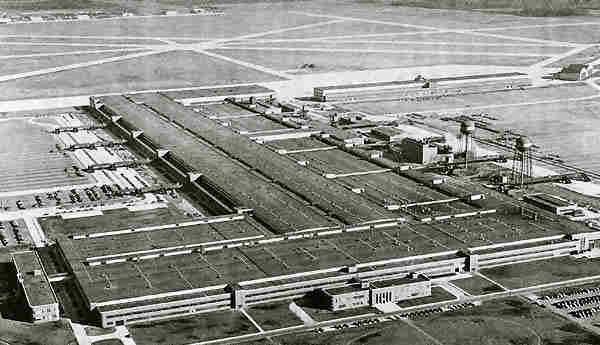

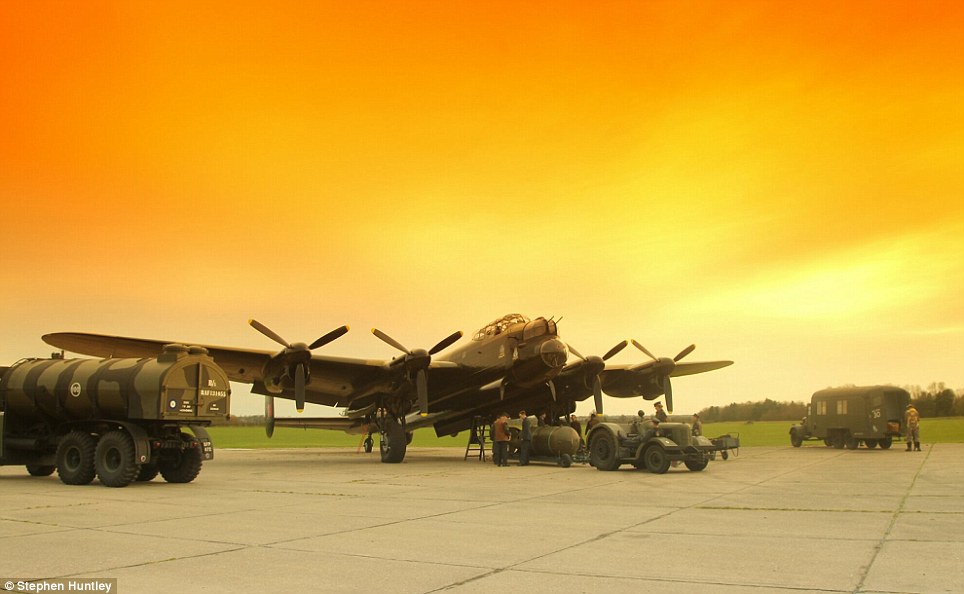 is expected to be officially unveiled
by the Queen on June 28 this year.
is expected to be officially unveiled
by the Queen on June 28 this year. 